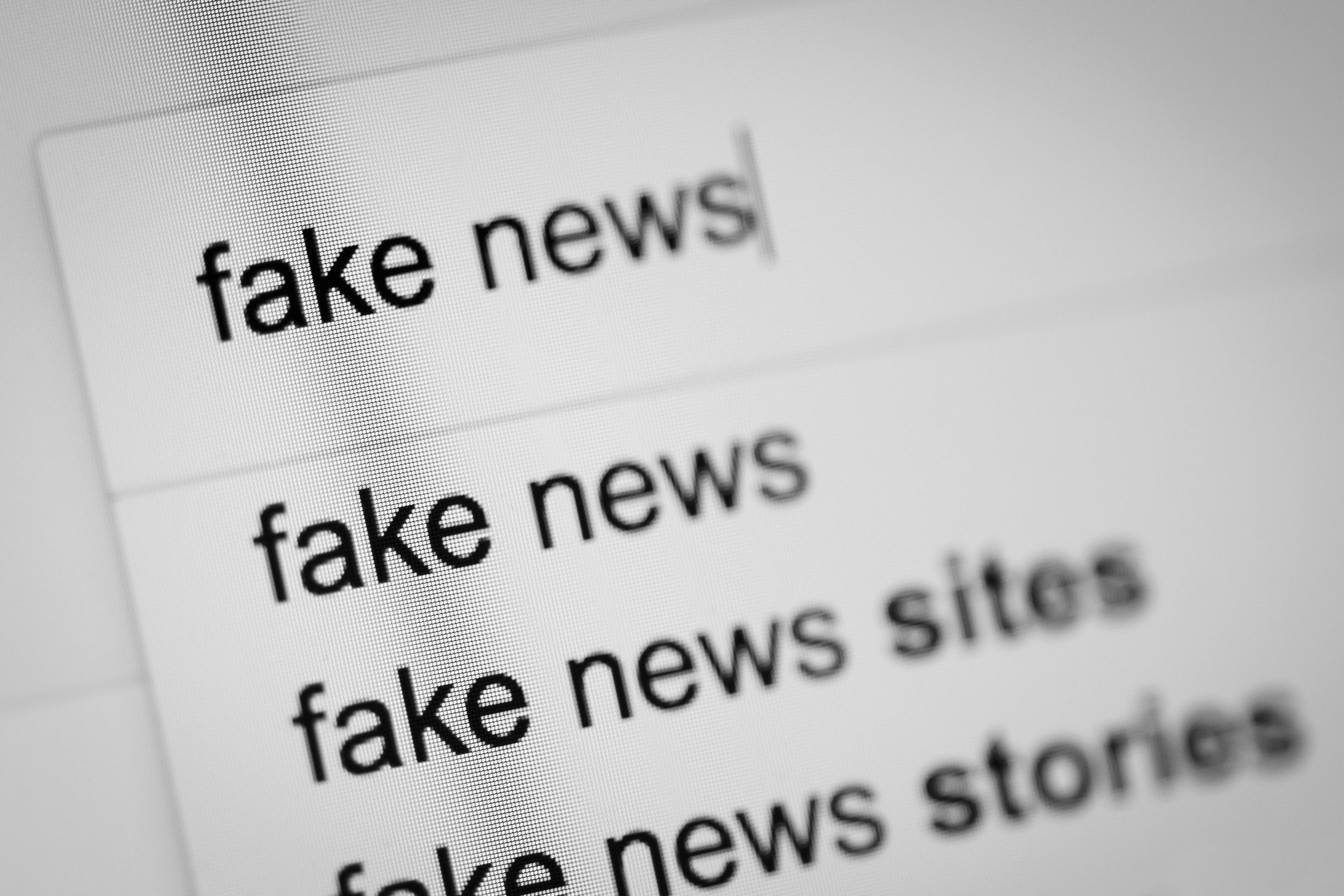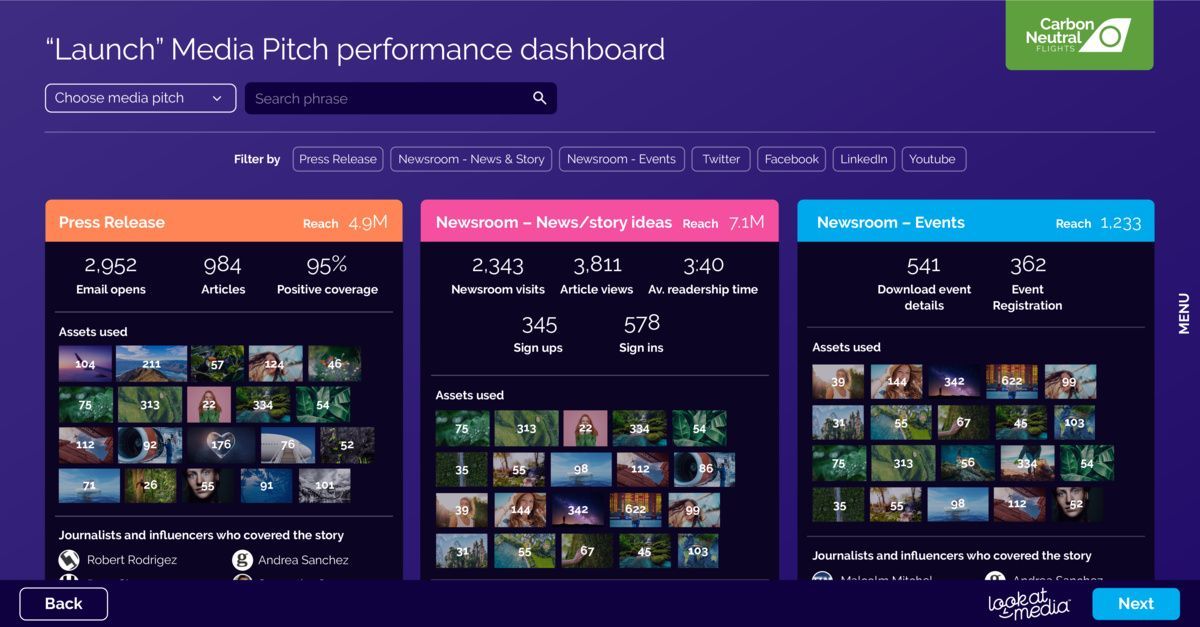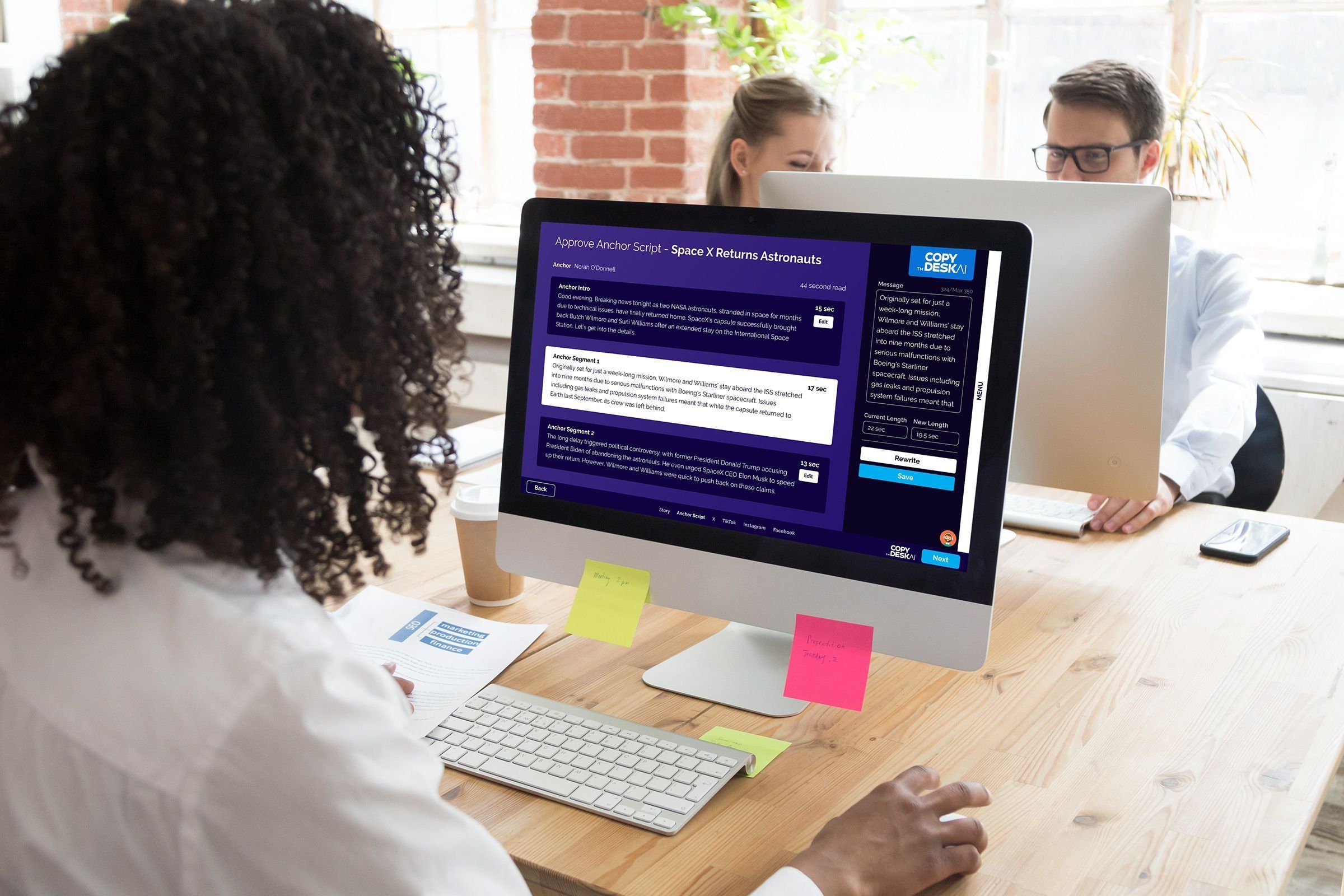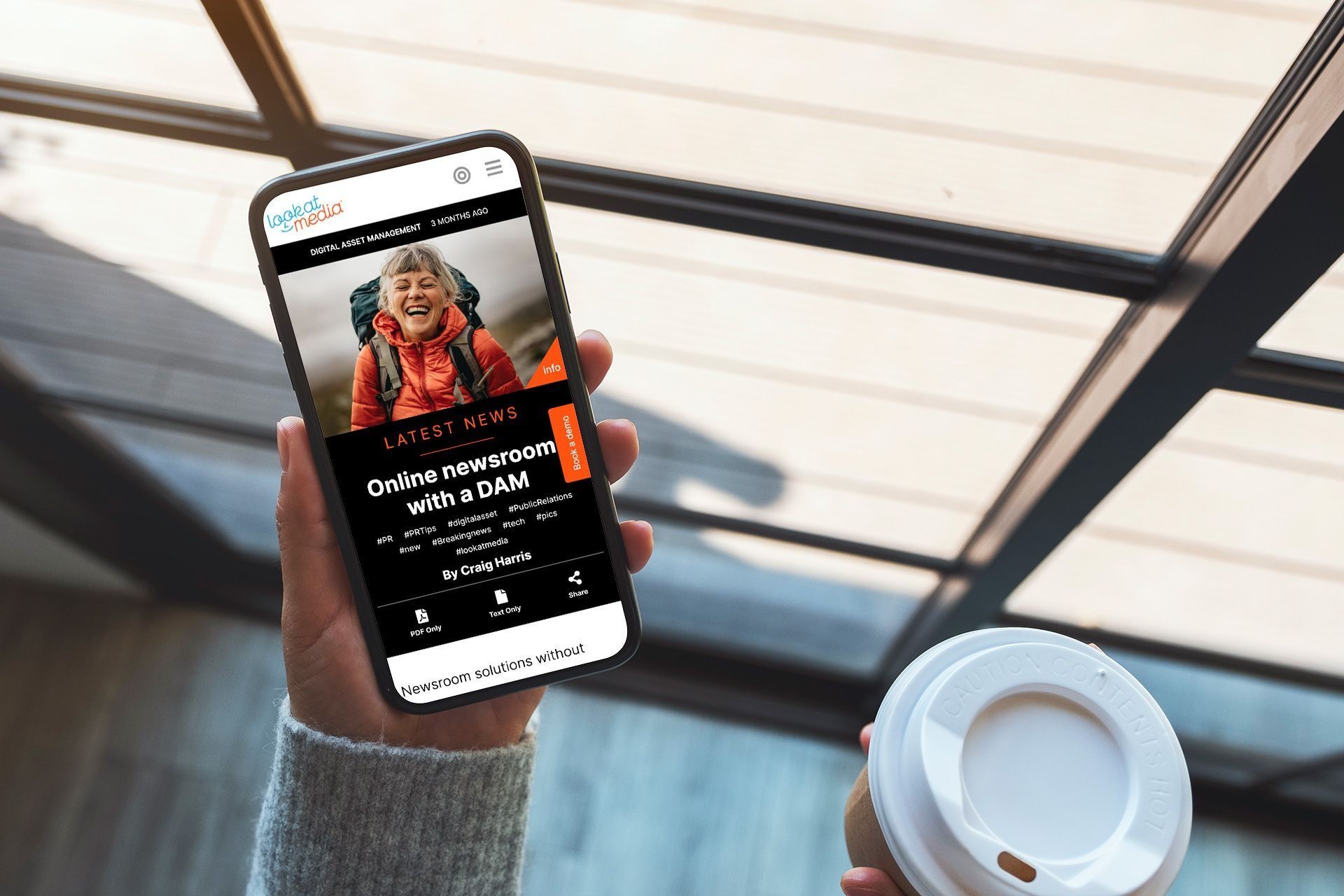
MORE CONNECTED. LESS AWARE.
jacoblund
YouGov found Americans identify real vs. fake headlines 65% of the time; under-30s who spend the most time online are the worst.
A recent University of Cambridge survey of 8,000 participants, conducted over two years in collaboration with polling organization YouGov, has uncovered startling insights into Americans' ability to identify fake news. The findings challenge preconceived notions about who is most susceptible to online misinformation, offering a wake-up call to public relations professionals.
Younger Generations Struggle with Misinformation
The study found that, on average, U.S. adults correctly classified 65% of the headlines they were shown as real or fake. However, younger adults significantly underperformed compared to older adults. Only 11% of 18-29 year-olds achieved a high score (correctly identifying over 16 headlines), while 36% scored low (10 headlines or fewer correct). In contrast, 36% of adults aged 65 and older achieved high scores, with only 9% receiving low scores.
These results defy the common belief that older, less digitally-savvy "boomers" are more likely to fall for fake news. Instead, the data suggests that the younger, more digitally engaged demographic is at greater risk of being misled by misinformation.

Don’t believe the hype.
DisobeyArt
More daily recreational online time increases susceptibility to misinformation. 30% of those online 0-2 hours got high scores vs. 15% of 9+ hours.

Don’t believe the hype.
DisobeyArt
More daily recreational online time increases susceptibility to misinformation. 30% of those online 0-2 hours got high scores vs. 15% of 9+ hours.
Impact of News Sources on Misinformation Susceptibility
The survey also examined the relationship between news sources and the ability to identify fake news. Traditional media outlets such as the Associated Press, NPR, and newer platforms like Axios had the most informed audiences, with over 50% of their consumers achieving high scores. Conversely, social media platforms proved to be breeding grounds for misinformation. Snapchat users were the most susceptible, with 53% receiving low scores and only 4% achieving high scores. Truth Social, WhatsApp, TikTok, and Instagram followed closely behind.

SOCIAL DISCONNECT.
iStock
53% of Snapchat news users got low scores; only 4% high scores. Truth Social, WhatsApp, TikTok, and Instagram followed closely.

SOCIAL DISCONNECT.
iStock
53% of Snapchat news users got low scores; only 4% high scores. Truth Social, WhatsApp, TikTok, and Instagram followed closely.
The Role of AI in Spreading Misinformation
The proliferation of AI-generated fake images and videos has added a new dimension to the challenge of combating misinformation. In a year marked by significant elections worldwide, more than 60% of people across various countries expressed concerns that AI could facilitate the creation of realistic fake news articles and images. Given that humans can recognize image content in as little as 13 milliseconds and are highly susceptible to instant emotional responses to visual content, the threat posed by AI-generated misinformation is substantial.

SEE WHAT’S REAL.
Stephen Plaster
People detect fake images 60% of the time and can only identify what's wrong 45% of the time, says Cognitive Research: Principles and Implications.

SEE WHAT’S REAL.
Stephen Plaster
People detect fake images 60% of the time and can only identify what's wrong 45% of the time, says Cognitive Research: Principles and Implications.
Implications for PR Professionals
In light of these findings, public relations practices must evolve to address the challenges posed by advanced misinformation techniques. Traditional press releases are no longer sufficient. PR professionals must provide reliable, verifiable, and accessible resources to journalists, offering both written and visual narratives that can withstand the scrutiny of today's media landscape.
As the media environment and technology continue to evolve, so too must the strategies employed by those tasked with managing and protecting public narratives.

‘THE TIMES THEY ARE A-CHANGIN'.
Farknot_Architect
Lookatmedia™ helps brands provide journalists with secure access to verifiable news sources with compelling visual narratives.

‘THE TIMES THEY ARE A-CHANGIN'.
Farknot_Architect
Lookatmedia™ helps brands provide journalists with secure access to verifiable news sources with compelling visual narratives.








